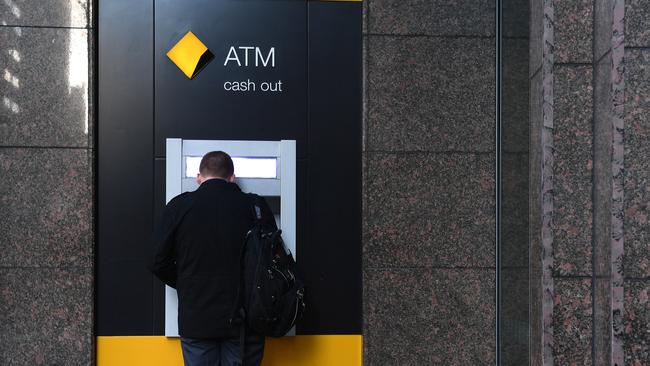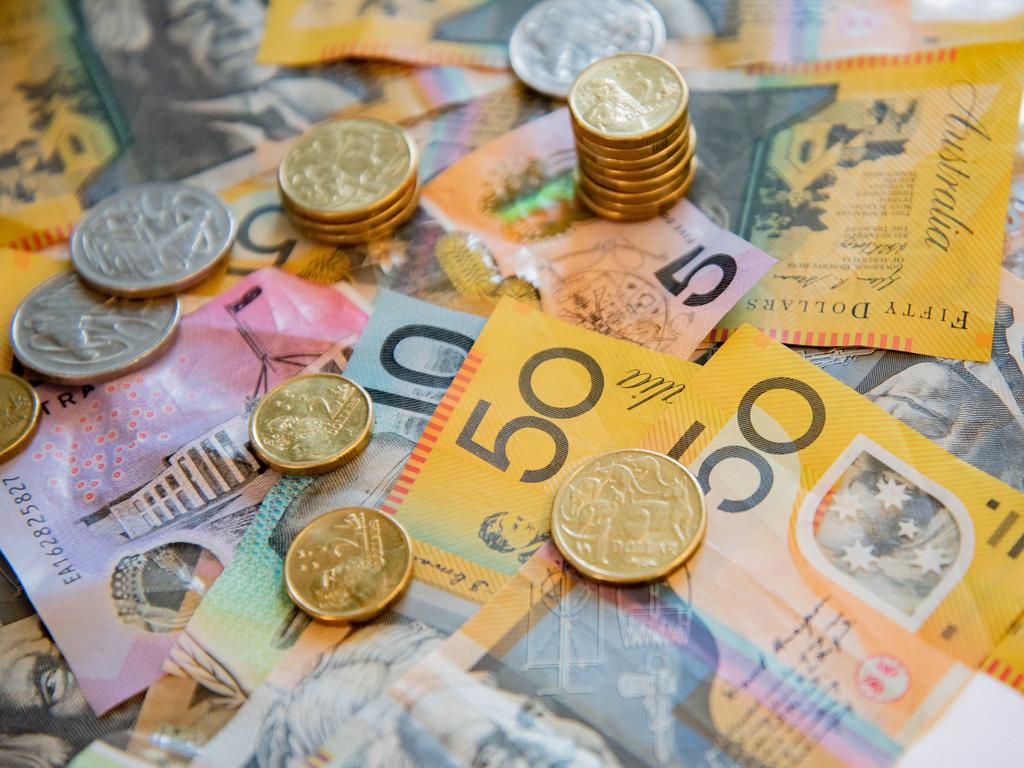RBA predicts fewer ATMs, warns of end to cheques
Coronavirus changes will cut ATM networks and may herald an end to cheques, says the RBA, as it also acts to trim bank fees.

Changes to payment behaviour linked to the COVID-19 crisis will prompt a significant cut to ATM networks and may sound the final death knell for cheques, said Reserve Bank of Australia assistant governor Michele Bullock.
Ms Bullock warned that unless banks stepped up efforts to allow retailers to direct payments to lower-cost EFTPOS networks over those for credit cards, the central bank could force that change or a cut in wholesale fees.
“So far, the (Reserve) Bank has not mandated that acquirers explicitly offer least-cost routing to all their merchants. But it remains an option that will be considered in the (payment system) review,” she told a Morgan Stanley webcast on Wednesday titled The Evolution of Banks and Payments.
“We are talking with merchants to understand their experience with payment costs through this period. We will also be considering how transparency of the cost of the payment plans offered to merchants could be improved.
“Ultimately though, if market forces are not generating competition to lower the cost of debit card payments, we may need to consider lowering the benchmarks that serve as a cap on average interchange fees.”
Banks charge interchange fees to each other in the background, when payments and purchases are made, depending on who the cardholder and retailer use as their financial institution.
Ms Bullock also talked about sharp COVID-19 changes in payment habits as consumers avoided cash, which she expects to accelerate consolidation and a reduction in the number of ATMs available domestically.
She said ATM withdrawals in April tumbled 30 per cent from the month before and were more than 40 per cent down over 12 months.
“With cash withdrawals declining, there will be further pressure to consolidate ATM networks.
“The industry had already been considering this issue over the past couple of years but the changes induced by COVID-19 will make this more urgent,” Ms Bullock added.
“I expect there will be action on this issue more quickly now. But there are still some people that prefer to use cash, so consolidation of the ATM network will need to be managed in such a way that it does not disadvantage certain parts of the population that still rely heavily on cash.”
RBA data also showed there were 34.6 billion ATM withdrawals in March, which was the lowest monthly number of transactions since 1999 ahead of the April withdrawal slump.
Ms Bullock’s comments aligned with earlier observations from the US by Morgan Stanley’s fintech and payments analyst James Faucette.
He said the COVID-19 payment trends had likely accelerated growth in e-commerce by two years in the US, and the gains for digital wallets could be even greater.
In Australia, the big banks have been assessing a shared — or utility — ATM model over the past two years due to the declining use of cash. And Westpac sold part of its ATM network, those not linked to branches, to multinational group Prosegur.
In recent months, the big banks have all talked about the pandemic leading to a reassessment of their branch numbers and ATM networks, amid big behavioural shifts since March.
In April, ANZ noted it was experiencing record volumes in areas like home-loan refinancing applications and financial markets activity, but dramatic falls in ATM and branch transactions.
On cheques, Ms Bullock said the acceleration of the decline in usage “may well” spell the end of their use.
“Use of cheques has been on a steep decline for the past 20 years, both in terms of number of cheques written and the value,” she added.
“In April, the value of cheque payments was more than 40 per cent lower than 12 months earlier, compared with annual rates of decline of around 20 per cent in previous months. And the level of cheque usage has now fallen to such low levels that there is an active discussion about the future of the system.”
She cited data showing the use of cheques had declined to around just two per capita in 2019 from 50 per capita per year in the 1990s. RBA analysis in 2014 showed cheques were about six times more costly than card payments, when assessing resource costs per transaction.
Another area of interest to the central bank is the burgeoning buy-now, pay-later segment which includes incumbents Afterpay and Zip.
The RBA is evaluating whether it should allow surcharging on buy-now, pay-later options, given that players do not allow retailers to recoup the cost of the instalment networks from their customers. Buy-now, pay-later firms charge retailers about 4 per cent of the transaction value.
“We are having an active discussion about that (potential surcharging),” Ms Bullock said, as she also acknowledged the instalment market was “filling a niche” in the payments sector.
Sweden’s Klarna — backed by Commonwealth Bank — launched in Australia this year to take on incumbents.
McLean Roche Consulting’s Grant Halverson is taking a cautious approach to the buy-now, pay-later sector and told the ABC on Wednesday the looming recession in the domestic economy would be a key test for the sector and how it managed bad debts.
Ms Bullock used her speech to also highlight that COVID-19 had thrust the resilience of the retail payments system into the spotlight, even though there were few outages.
Separately, she noted that despite her initial disappointment with the banks’ take up of the real-time New Payments Platform financial institutions were now “all on board.”
Additional reporting: Gerard Cockburn






To join the conversation, please log in. Don't have an account? Register
Join the conversation, you are commenting as Logout